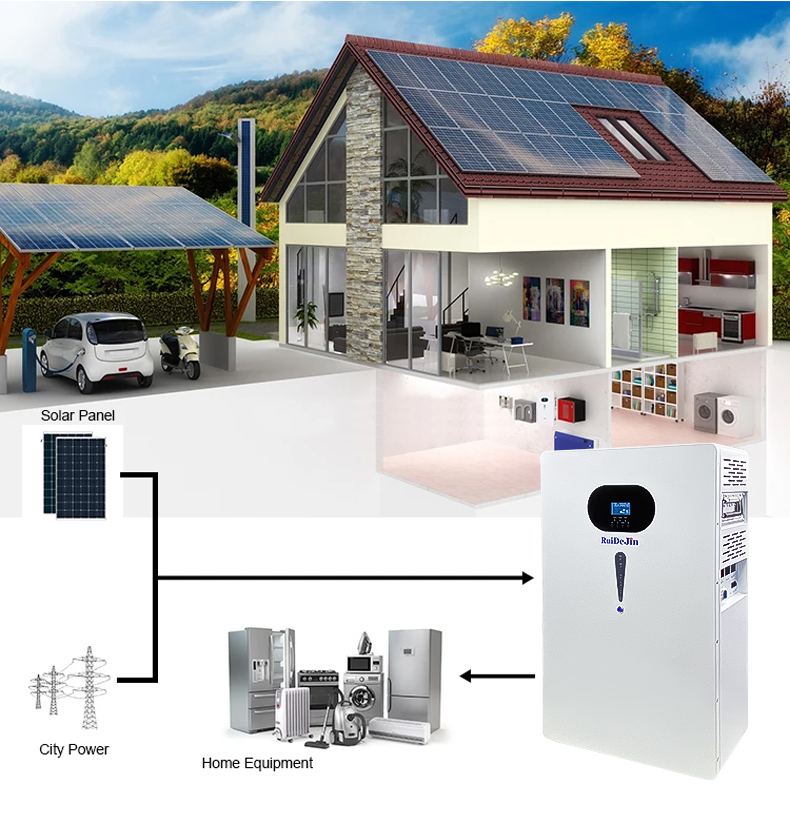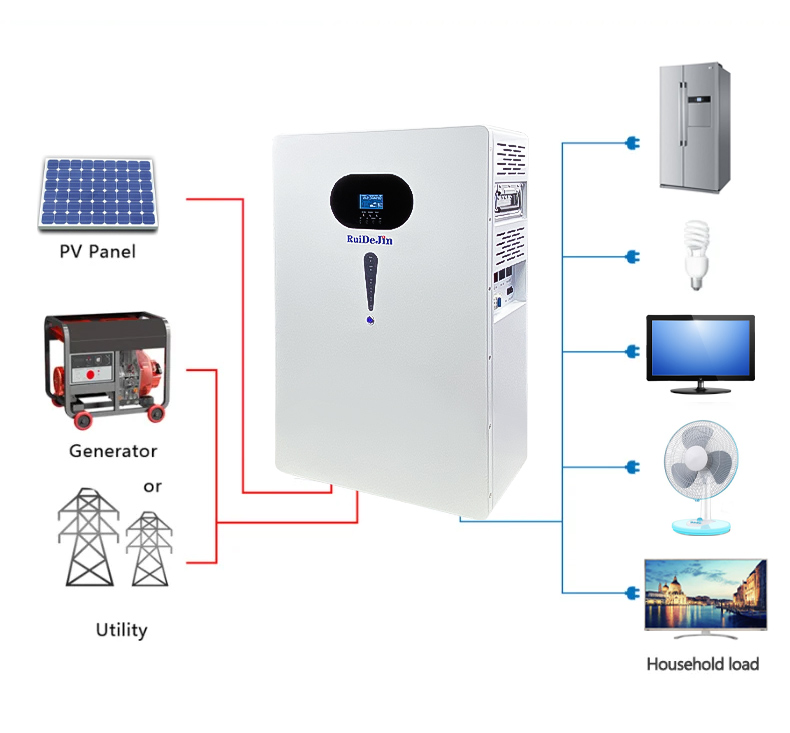Since the industrialization of lithium-ion batteries in 1991, graphite has been the dominant negative electrode material for batteries. Lithium titanate, as a new type of negative electrode material for lithium-ion batteries, received attention in the late 1990s due to its excellent performance. For example, lithium titanate materials can maintain a high degree of stability in their crystal structure during the insertion and removal of lithium ions, with minimal changes in lattice constants (volume change<l%).
This “zero strain” electrode material greatly extends the cycle life of lithium titanate batteries. Lithium titanate has a unique three-dimensional lithium ion diffusion channel with a spinel structure, which has advantages such as excellent power characteristics and excellent high and low temperature performance. Compared with carbon negative electrode materials, lithium titanate has a higher potential (1.55V higher than metallic lithium), which results in the solid-liquid layer usually grown on the surface of the electrolyte and carbon negative electrode not forming on the surface of lithium titanate.
More importantly, it is difficult for lithium dendrites to form on the surface of lithium titanate within the voltage range of normal battery use. This largely eliminates the possibility of short circuits formed by lithium dendrites inside the battery. So the safety of lithium-ion batteries with lithium titanate as the negative electrode is currently the highest among all types of lithium-ion batteries that the author has seen.
Most industry insiders have heard that the lithium battery cycle life of lithium titanate replacing graphite as the negative electrode material can reach tens of thousands of times, far higher than the common traditional lithium-ion batteries, and it will die after only a few thousand cycles.
Due to the fact that most professional lithium-ion battery professionals have never really started making lithium titanate battery products, or have only made them a few times and ended up hastily when encountering difficulties. So they couldn’t calm down and think carefully about why most perfectly made traditional lithium-ion batteries can only complete a lifespan of 1000-2000 charge and discharge cycles?
Battery.jpg
Is the fundamental reason for the short cycle life of traditional lithium-ion batteries due to one of its basic components – the embarrassing burden of graphite negative electrode? Once the graphite negative electrode is replaced with a spinel type lithium titanate negative electrode, the basically identical lithium-ion battery chemical system can be cycled tens of thousands or even hundreds of thousands of times.
In addition, when many people talk about the low energy density of lithium titanate batteries, they overlook a simple but important fact: the ultra long cycle life, extraordinary safety, excellent power characteristics, and good economy of lithium titanate batteries. These characteristics will be an important cornerstone for the emerging large-scale lithium-ion energy storage industry.
In the past decade or so, research on lithium titanate battery technology has been booming both domestically and internationally. Its industrial chain can be divided into the preparation of lithium titanate materials, production of lithium titanate batteries, integration of lithium titanate battery systems, and their applications in the electric vehicle and energy storage markets.
1. Lithium titanate material
Internationally, there are leading companies in the research and industrialization of lithium titanate materials, such as Oti Nanotechnology from the United States, Ishihara Industries from Japan, and Johnson&Johnson from the United Kingdom. Among them, the lithium titanate material produced by American titanium has excellent performance in terms of rate, safety, long service life, and high and low temperatures. However, due to the excessively lengthy and precise production methods, the production cost is relatively high, making it difficult to commercialize and promote.
Post time: Mar-14-2024




